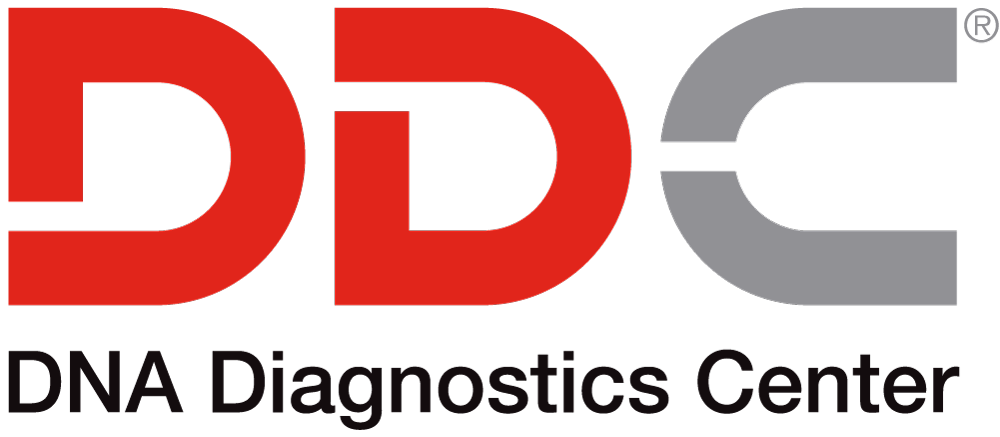MAY 29, 2014
Using DNA Paternity Tests to Determine Infidelity
With many Hollywood celebrity couples or those involving other rich and famous individuals, the issue of infidelity comes up often. It’s a result, say observers, of the high-glamour and party lifestyles of celebrities. When incidents of infidelity and possible cases of extra-marital children abound, it’s now almost a given that a DNA paternity test is involved.
But DNA testing for infidelity is also done by non-celebrity women and men who feel that their marriage vows have been broken. Cases have been heard in recent years where a man or woman has brought evidence forward that could work as proof of infidelity. This might include soiled bed sheets, undergarments, T-shirts, pillowcases, carpet samples, brush samples, stained blue dresses and more.
To be admissible in court, all of these items have to undergo specific collections procedures and DNA testing to be proven as evidence in an infidelity or divorce case.
How Prevalent is Infidelity in America?
It’s no secret infidelity is a problem for some individuals. But what’s the true extent of it?
Among married partners, husbands reported a 21% rate of cheating on their spouses, according to the National Opinion Research Center’s General Social Survey. Infidelity, interestingly, increased among wives by 40% from 1990 to 2010. However, they still only cheat on their partners at 70% of the rate men do, or about 15%
How Many Divorces Are Caused by Affairs?
There’s no doubt infidelity plays a role in divorces. Except it’s not the leading cause. One infographic shows the following information:
- Nearly 50% of all American marriages end in divorce
- Poor communication is the top reason
- Financial disagreements are the second most common cause
- Abuse is the third leading cause
- The fourth most common cause: partners are no longer attracted to each other
- Finally, the fifth most common cause is infidelity
Among Utah citizens surveyed, infidelity was the third leading cause (55%), which ranked behind frequent arguing (56%), and a lack of commitment (73%). While the divorce rate was around 40-50% for first marriages, it rose to 60% for second marriages.
Infidelity is definitely a leading cause of divorce, but for whatever reason, other causes result in more friction and the end of relationships.
DNA Testing is Being Used More in the Legal System
DNA testing is being used more in the criminal justice system, due to its high accuracy rate and the definitive nature of its results. ABC News covered a high profile DNA infidelity case from a decade ago which found that a woman’s collecting of her bedroom materials proved conclusively that DNA of another woman was on the sheets and pillowcases.
Did you know that many divorce lawyers also are now using DNA testing during the course of routine casework? Try a Google search for “divorce lawyers use DNA testing,” and a list of local divorce lawyers will come up. When you read how their process works, many of them will discuss the use of DNA testing.
How DNA Paternity Testing Checks for Infidelity
In checking for a spouse’s infidelity, the samples under scrutiny can be sent to a DNA testing company for analysis. Then when the results are provided, the DNA test will show whether or not another person’s DNA was on those sheets or pillowcases. It may be all the proof a spouse needs to show infidelity. If it proves there was no cheating, other issues about trust may need to be examined.
Accuracy and Meaning of DNA Paternity Testing
In DNA paternity testing to determine infidelity, the results are very accurate. DNA testing today typically provides a greater than 99.9999% “probability of paternity,” which means for a paternity inclusion it is 1,000,000 times more likely that the man tested is the real biological father than someone else.
If You Suspect Your Spouse of Cheating
If a DNA test can help answer any marriage misunderstandings, reach out to DNA Diagnostics Center for professional testing, accurate analysis and fast results.
About DNA Diagnostics Center (DDC)
DNA Diagnostic Center is the world leader in paternity and relationship testing. We serve healthcare professionals, government agencies, and individuals around the world to determine family relationships with trusted accuracy.
More Questions? Don’t hesitate to call us: we’re here to help!
CALL NOW




